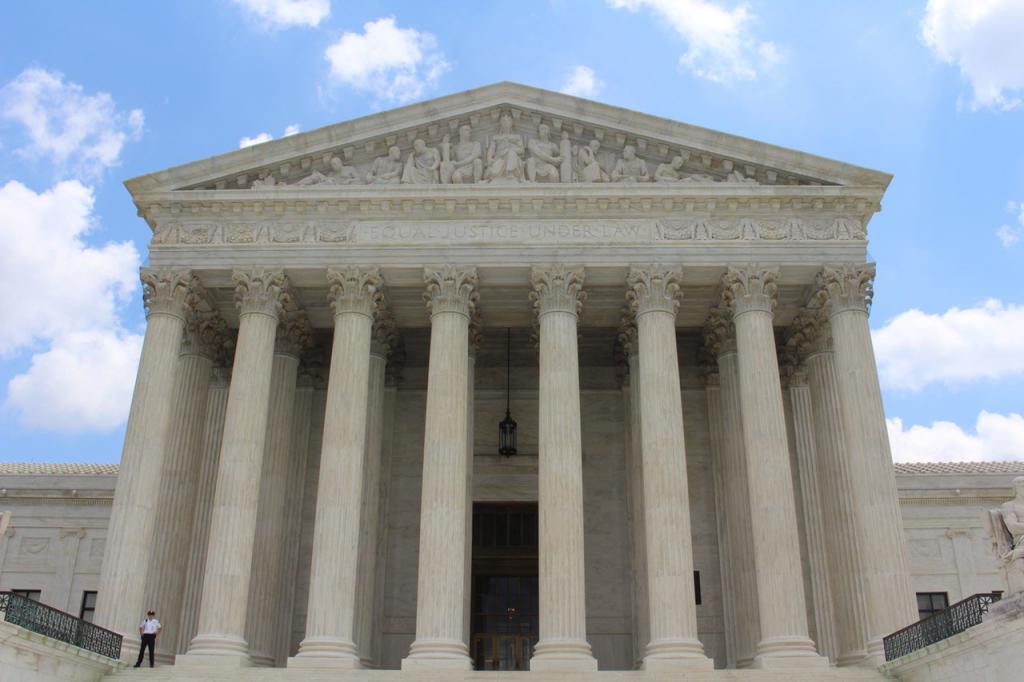The initiator of the process has the right to file an application for the waiver of the claim at any time before it ends - when the judge or panel of judges leaves the deliberation room. How to compile it correctly? Using rights, one should take into account the law and the practice of its application.
Ways to complete the process
The dispute in court arises from the inability to agree on a resolution of the conflict. During the trial, circumstances may change, and the parties will be able to reach a settlement. Sometimes it does without such formalities. And the plaintiff is left to file an application for waiver of the claim. This approach is applied where there is no need to fix something on paper.

In addition, the plaintiff may decide to terminate the process unilaterally, having lost interest in him. This is more applicable to civil litigation, where disputes are based on personal relationships. There is enough apology or some other insignificant step in general for ending the dispute.
Normative regulation
Accordingly, the norms of the Code of Civil Procedure and Agro-Industrial Complex are applied, depending on what kind of business is involved. It is also worth familiarizing yourself with the decisions of the Plenums and practice reviews, where the subtleties of terminating cases for the reason discussed are noted.
As for the form of the application for refusal of the claim, it is not regulated in any way. The structure and content of the document is built at the discretion of the applicant or his representative.
Court disagreement
The court is not obliged to automatically agree with the application for the waiver of the claim if it contradicts the provisions of the current legislation and violates the interests of other persons.

An example would be a trial that addresses the rights and interests of children. In particular, the consent of the parents to dismiss the case will lead to the fact that the child will lose his property or the living conditions will worsen. The court is not entitled to approve such actions.
Submission Rules
The application should be submitted after the registration of the claim in court and the opening of the case. The paper is transmitted through the office or directly to the judge in his office.
Let's see what the statement to the court regarding the waiver of the lawsuit looks like:
- court name, surname initials of the judge, if the case is already open;
- F. I. O., applicant's place of residence, telephone number or email address;
- F. I. O., place of residence of the representative, if the application is submitted on his behalf, and contacts;
- indicate the essence of the matter (collection of funds, recognition of property rights, etc.);
- case number (secretaries ask about him first);
- it is desirable to describe the reasons for the refusal in the text;
- signature and filing date;
- copy of power of attorney;
The court asked to indicate the loss of the possibility of re-filing a lawsuit against the same plaintiff on the same basis, with the same requirements.

The law does not prohibit waiving part of the requirements, as noted directly in the application.
How to send documents to court
The application is accepted by the judge, the secretary of the judge (this is more practiced in magistrates' courts). In district courts, papers are transferred through the office. The application for the waiver of the claim in the civil process is allowed to be sent by mail. Departure is recorded using a notification and an inventory of the attachment.

Those who regularly participate in litigations resort to the help of the electronic court system, which has recently begun to operate in district courts. The document is uploaded to the site after being certified by an electronic digital signature. Thanks to this, there is no need to waste time visiting the court, waiting in line.The opportunity to file a lawsuit at a convenient time for yourself, having spent a minimum of effort.
Application Review
The fate of the application for the waiver of the claim in the civil process is decided at the hearing. The judge asks the plaintiff to confirm his decision, checks to see if he is really aware of the consequences of the adoption of the application by the court.
The judge allows other participants in the process, the prosecutor, to express his opinion. In processes with two participants, such statements are accepted quickly enough.
The result is the adoption of a determination that terminates the proceedings. The law provides the right to appeal it.
Consequences of a court refusal
The plaintiff loses the right to file a lawsuit with the same grounds and requirements. Thus, there remains the risk of the second party evading fulfillment of data promises before submitting an application. Because of this, the best option is to draw up a settlement agreement. There is an opportunity to show goodwill and protect yourself from deception.
If an economic dispute is being considered
A statement of waiver in a court of arbitration is made in the same way. Only instead of indicating the district or world court is the arbitration court of the subject indicated. The right is also given to refuse his claims in the appeal, however, provided that the previously adopted decision is canceled and the proceedings are transferred to the general procedure.

It is advisable to agree to a settlement. It protects the interests of both parties.
The application is submitted to the court by post, by visiting the registry of the court or by using the Arbiter electronic system.
Finally
The application is allowed to be submitted throughout the proceedings until the judge leaves the deliberation room. It is authorized to refuse the requirements and in appeal court.
The document is filled in according to a single scheme. A sample application for a waiver of the claim is presented in the article.
The nuances are associated with approaches to resolving certain issues in local courts. If a defect has a distribution, then there is a possibility of its discussion in the Supreme Court, in one of the reviews of practice.
